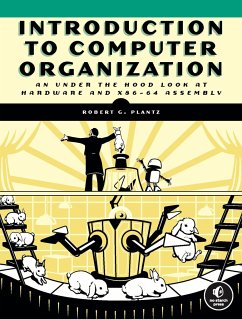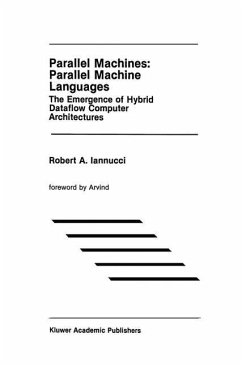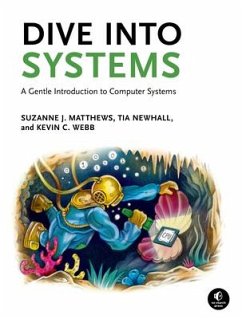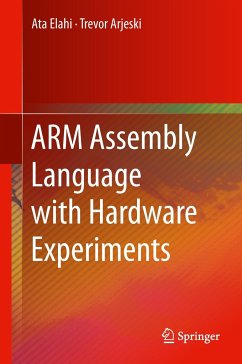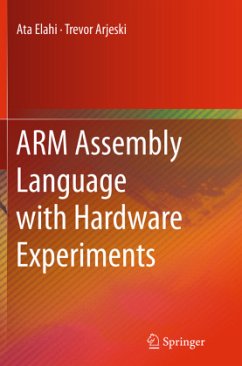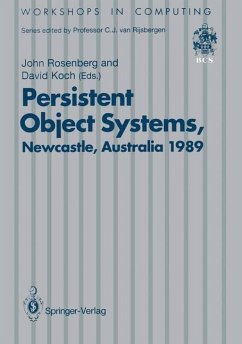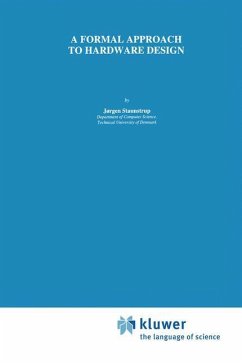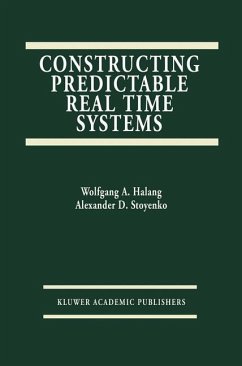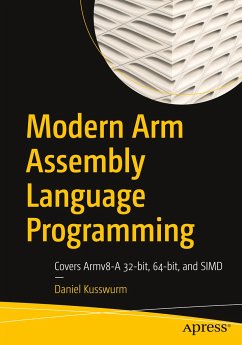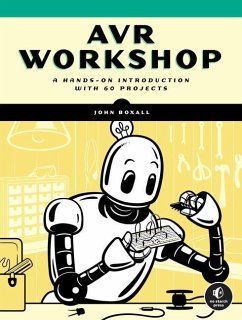
Guide to Assembly Language
A Concise Introduction
Versandkostenfrei!
Versandfertig in 6-10 Tagen
41,99 €
inkl. MwSt.
Weitere Ausgaben:

PAYBACK Punkte
21 °P sammeln!
This book will enable the reader to very quickly begin programming in assembly language. Through this hands-on programming, readers will also learn more about the computer architecture of the Intel 32-bit processor, as well as the relationship between high-level and low-level languages. Topics: presents an overview of assembly language, and an introduction to general purpose registers; illustrates the key concepts of each chapter with complete programs, chapter summaries, and exercises; covers input/output, basic arithmetic instructions, selection structures, and iteration structures; introduc...
This book will enable the reader to very quickly begin programming in assembly language. Through this hands-on programming, readers will also learn more about the computer architecture of the Intel 32-bit processor, as well as the relationship between high-level and low-level languages. Topics: presents an overview of assembly language, and an introduction to general purpose registers; illustrates the key concepts of each chapter with complete programs, chapter summaries, and exercises; covers input/output, basic arithmetic instructions, selection structures, and iteration structures; introduces logic, shift, arithmetic shift, rotate, and stack instructions; discusses procedures and macros, and examines arrays and strings; investigates machine language from a discovery perspective. This textbook is an ideal introduction to programming in assembly language for undergraduate students, and a concise guide for professionals wishing to learn how to write logically correct programs in a minimal amount of time.





